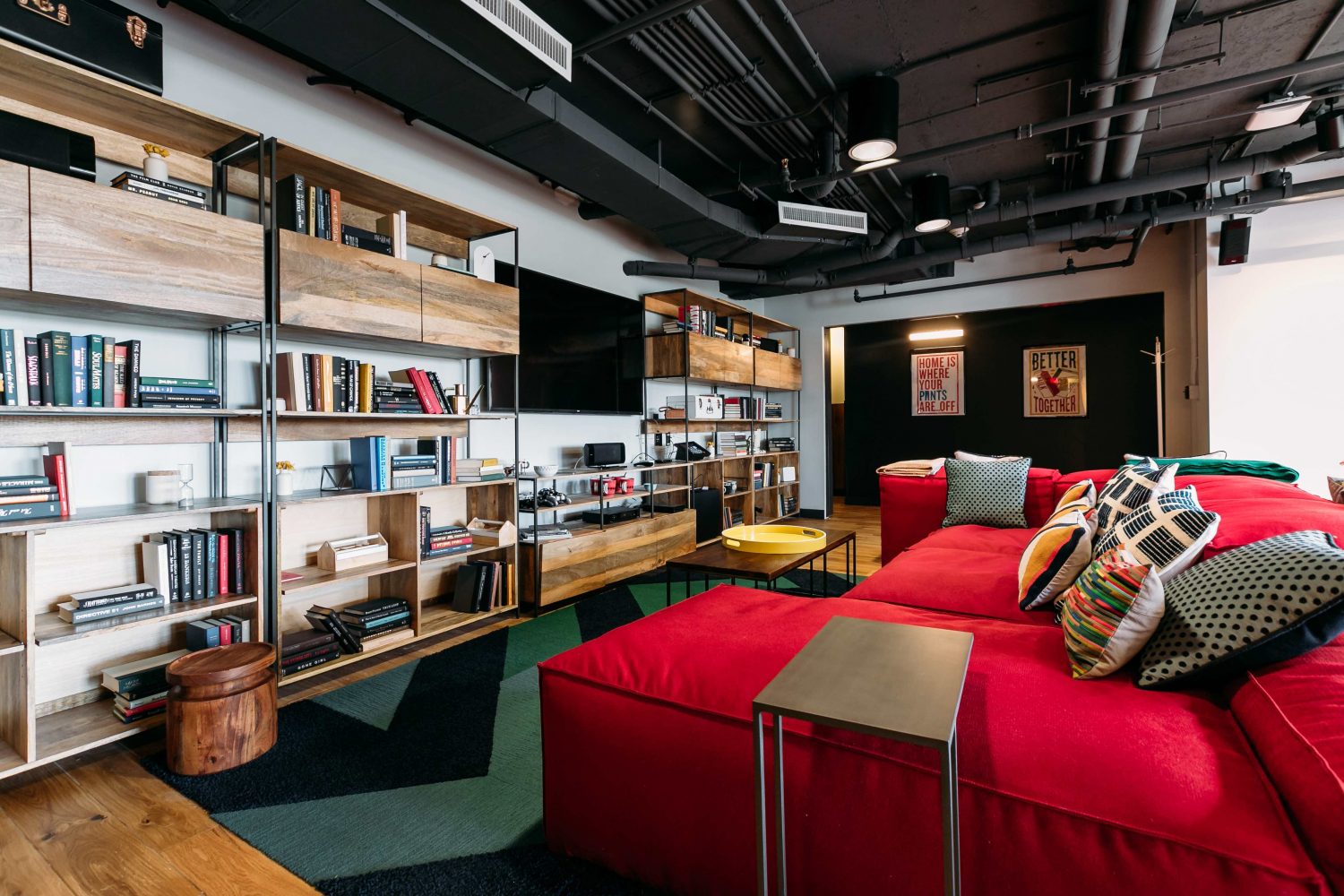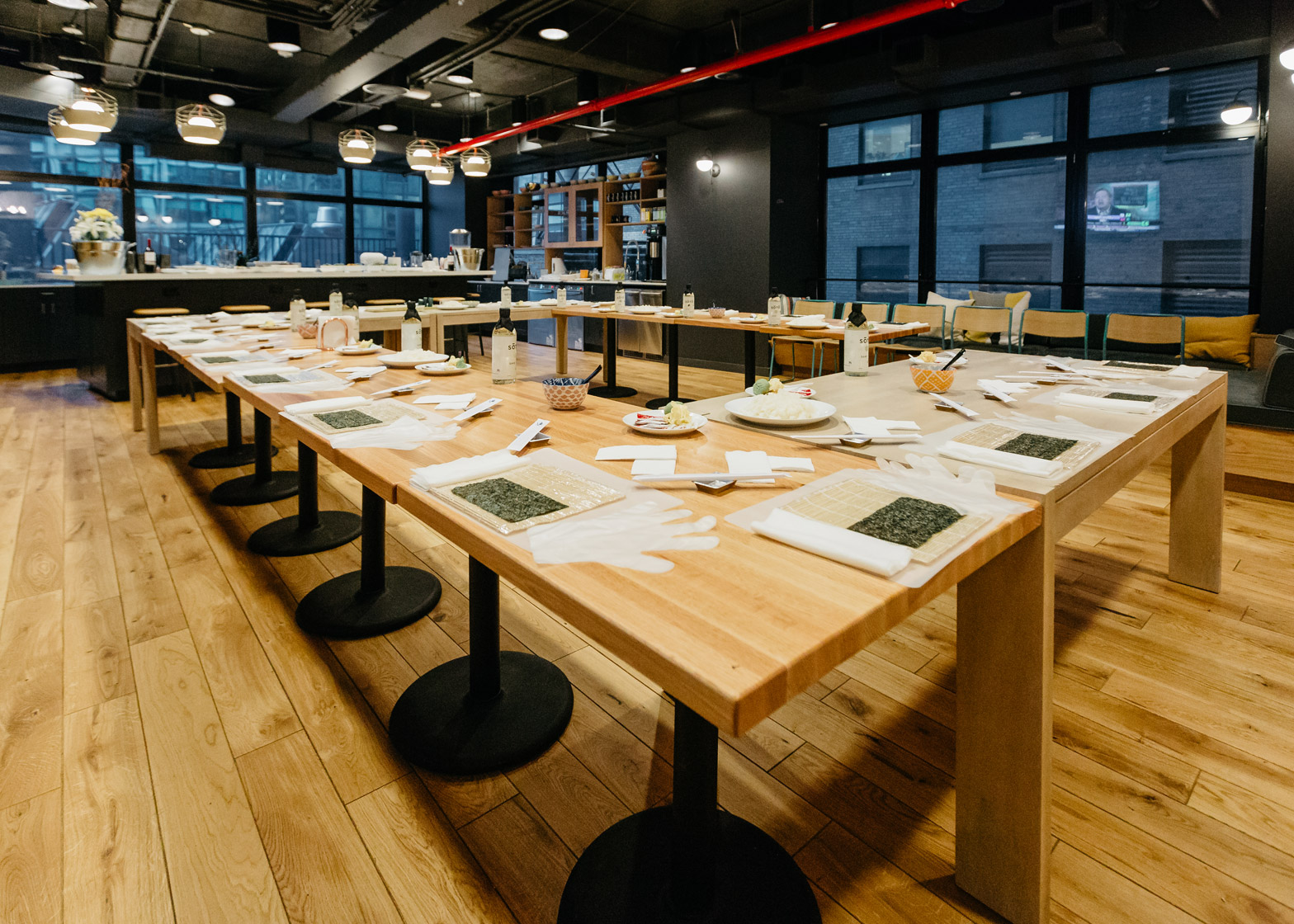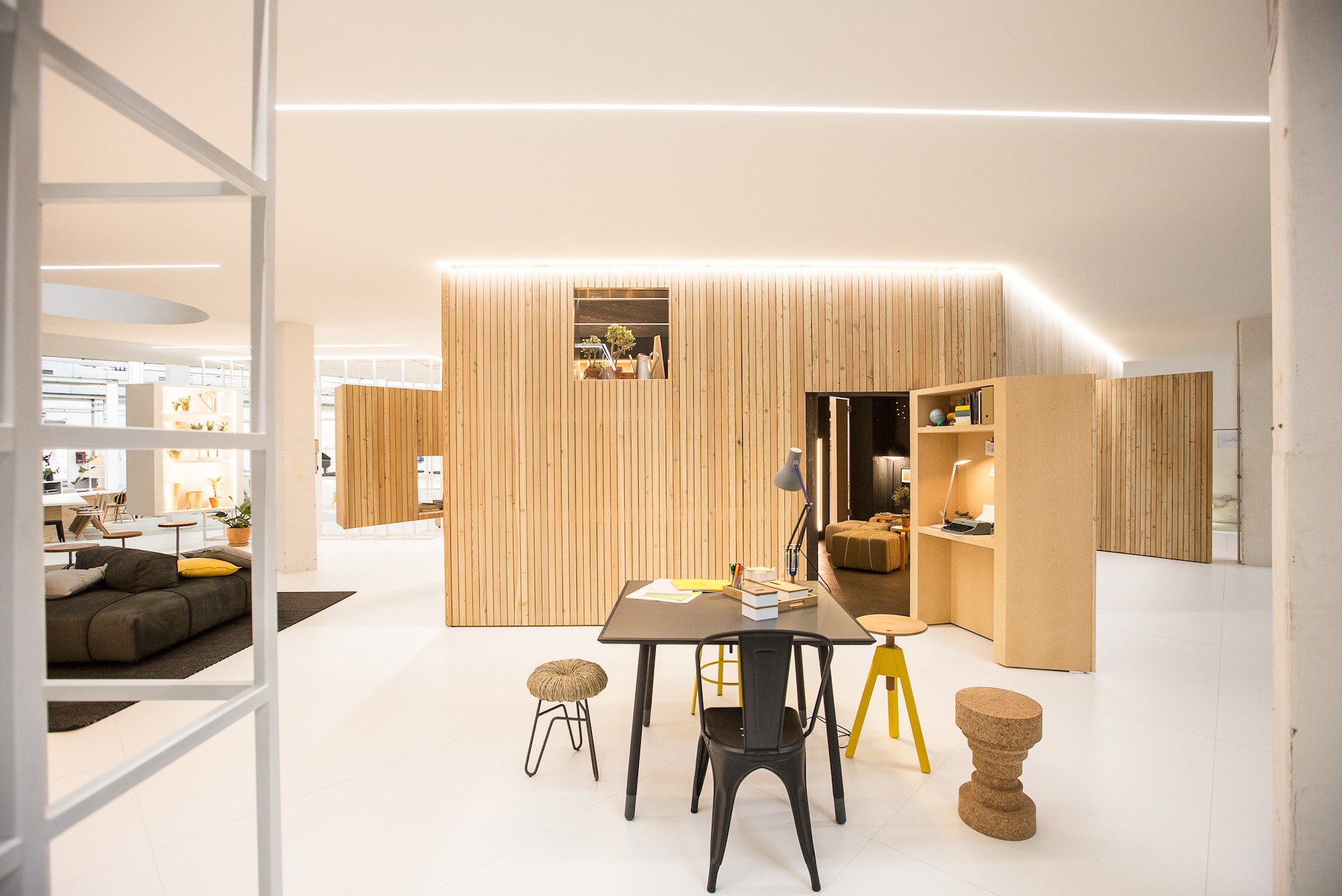Style of living has been evolving over the past decades, and there is one trend, although not entirely new, but has come to stay- co-living. A lot of homes are being re-constructed, and much more will still be, to fit this new style of living.
Human beings were made to relate with each other. No matter how wise a man is, he cannot successfully live in isolation. Co-living has therefore created an avenue for humans to live together. Different architectural designs to make this way of life a possibility have also been designed. More designs to utilize space efficiently are also being developed. Co-living structures are built for individuals to have privacy, and also enjoy the benefits of communal living. The structure is made so that each resident has a bedroom and bathroom. Then, other facilities are shared between the residents.
 Co-living is advantageous in a plethora of ways. The new trend helps to connect people with like-minds; it equally helps you stay connected with people with similar journey as your own. Co-living also reduces the hassles of a lonely lifestyle. Imagine a home that never stops being a home, because there are always people to interact with at all times. Co-living homes are built to give that lively college dorm or summer camp feeling.
Co-living is advantageous in a plethora of ways. The new trend helps to connect people with like-minds; it equally helps you stay connected with people with similar journey as your own. Co-living also reduces the hassles of a lonely lifestyle. Imagine a home that never stops being a home, because there are always people to interact with at all times. Co-living homes are built to give that lively college dorm or summer camp feeling.
Co-living is a modern form of housing, with the houses carefully designed to provide residents with relatively similar minds the opportunity to share living spaces. Some people even described co-living as a micro society. The homes are built for residents to have serviced bedrooms and bathroom. Common facilities like swimming pool, kitchen, and other similar living spaces are designed to be shared among the residents. By sharing spaces in a co-living development, you can belong to a place where you don’t feel alone.
 This new home isn’t just for the fun of it, the benefits are countless. This home solves a lot of problems. It is a known fact that the population of the world is rising geometrically. The co-living lifestyle solves the problem of space effectively. Imagine fifty individuals living in different houses; each individual’s home has a swimming pool, a lawn, and a garden. Now, imagine a home designed to accommodate those individuals living in the same building, with each individual with his bedroom and bathroom, the whole building with a common lawn, garden, and swimming pool; now, try to picture the space that the co-living venture will successful save.
This new home isn’t just for the fun of it, the benefits are countless. This home solves a lot of problems. It is a known fact that the population of the world is rising geometrically. The co-living lifestyle solves the problem of space effectively. Imagine fifty individuals living in different houses; each individual’s home has a swimming pool, a lawn, and a garden. Now, imagine a home designed to accommodate those individuals living in the same building, with each individual with his bedroom and bathroom, the whole building with a common lawn, garden, and swimming pool; now, try to picture the space that the co-living venture will successful save.
 Co-living is economical, in virtually all ramifications. Spaces are utilized like never before, and for even less cost. The furniture cost per head is reduced in co-living. The furniture for study spaces or cooking environment comes to the minimum, making co-living an economical venture. Less furniture means fewer woods will be brought down; hence, even the ecosystem is happy with the co-living trend.
Co-living is economical, in virtually all ramifications. Spaces are utilized like never before, and for even less cost. The furniture cost per head is reduced in co-living. The furniture for study spaces or cooking environment comes to the minimum, making co-living an economical venture. Less furniture means fewer woods will be brought down; hence, even the ecosystem is happy with the co-living trend.
 Reduced rental cost burden cannot be ignored as co-living allows a standard lifestyle, with access to numerous modern facilities at lesser rate.
Reduced rental cost burden cannot be ignored as co-living allows a standard lifestyle, with access to numerous modern facilities at lesser rate.
The co-housing trend also saves energy like never before. Sharing spaces has also helped to reduce environmental impact. A sense of community, oneness and togetherness is developed by the co-living projects, this helps builds patriotism. Research has also shown that co-living increases mutual focus and supports between residents and this ultimately increases well-being.
 Co-living structures are economical to construct. When a co-living structure is about to be developed, building and construction materials like pipes, metals, bricks etc can be purchased in bulk. This bulk purchase means lesser construction cost. The cost of land is also shared among more residents. Therefore obtaining this form of accommodation is more economical.
Co-living structures are economical to construct. When a co-living structure is about to be developed, building and construction materials like pipes, metals, bricks etc can be purchased in bulk. This bulk purchase means lesser construction cost. The cost of land is also shared among more residents. Therefore obtaining this form of accommodation is more economical.
Co-living structures are made such that residents share some appliances and tools. Less energy will be consumed, maintenance cost is also reduced. Co-living is suitable for individuals in virtually all aspects. As a student, the co-living structure is built to have a common study space; you don’t have to worry about finding a study partner. Co-living residents are so built to encourage interactions, to promote an atmosphere to build enduring friendships, and also gives the opportunity to develop conflict resolution skills. The children do not have to struggle to get play dates as the homes are usually built to have a common playground. Residents with disability have less to worry about in this kind of home, as there will always be of people around.
In co-living, residents have a private lifestyle, but the neighbors collectively manage the activities of the home. The co-living trend also guaranties security.
A lot people have housing topping the list of their personal expenses. What greater way to reduce this cost than to live in co-housing structures. The structure is designed to give more space as co-living eradicates redundant items; therefore, saving both indoor and outdoor space.

